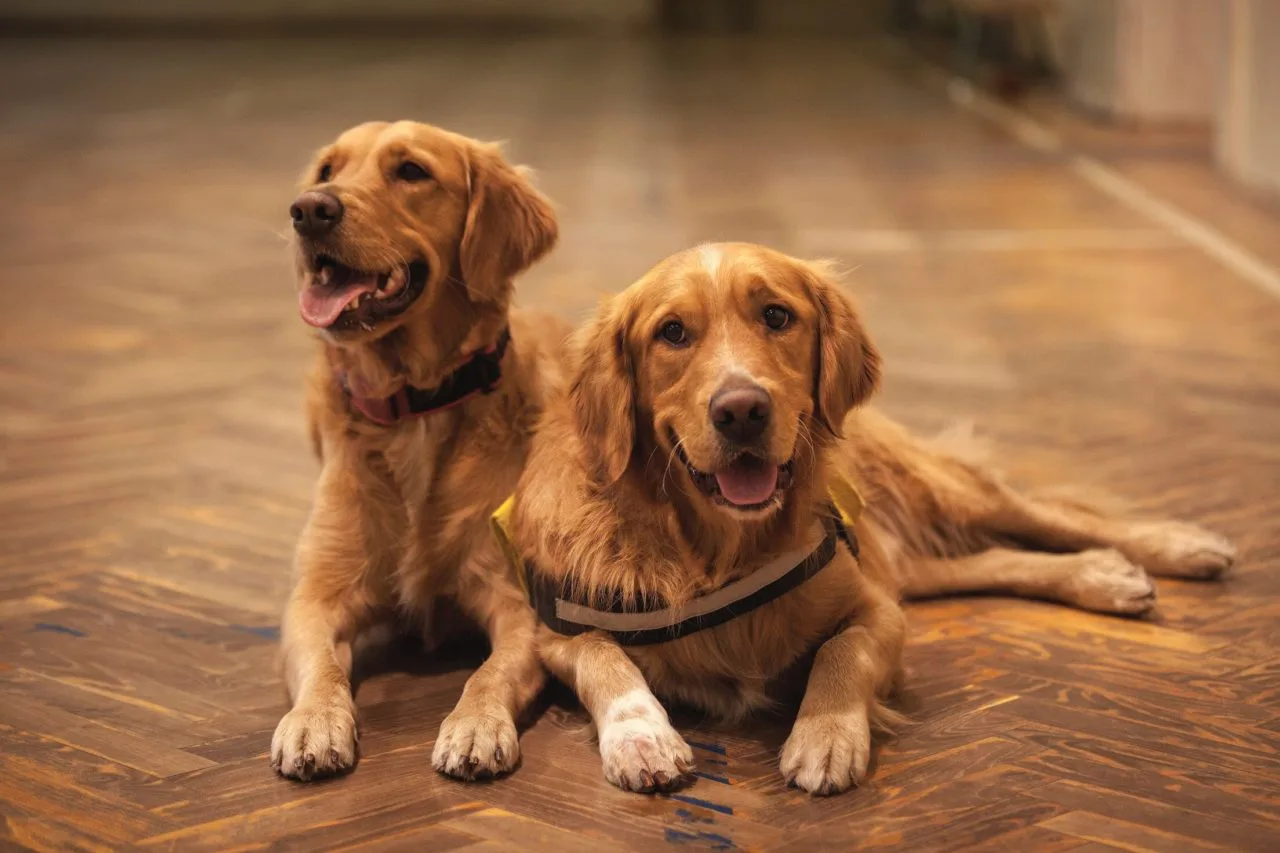As we look back on 2017, we reflect on what was truly one of the worst years for wildfires in the United States. California suffered the worst, with multiple fires raging for months, each destroying homes, wildlife habitats, and lives along the way. Even today, when most of the fires are now under control, there are still hotspots: California’s devastating Thomas fire and two smaller fires in outlying areas around Los Angeles.
With experts calling California’s fires the most devastating in state history, it reminds us of the fact that wildfires can be particularly devastating for pets. Pets, strays, and even wildlife often do not survive wildfires; they can be overtaken by smoke or critically burned even if they make it out. This makes preparing in advance for the potential of a wildlife especially important for responsible pet parents.
Whether you live in California or a state that isn’t particularly prone to fires, we want to help you be prepared for anything you might face. These pet wildfire preparedness tips aren’t just sage advice in a fire, they work for many other disasters, too. Print out a copy and keep it nearby so you’re always at the ready.
Always Have a Plan
The best way to keep your pet safe in the event of a wildfire is to always have a plan. You should know exactly where your pets are, how you’re going to prepare them for evacuation, and (if necessary) where they’ll go if they aren’t able to stay with you during a fire event. You should know where the shelters are, how to contact animal rescues, how to get vet care in emergencies, and which hotels around you are pet-friendly long before you ever need to use the information in real time.
Plan for Care if You’re Not Present
Wildfires don’t always wait until you’re at home to quickly spread and impact your property – this is a fact the California wildfires made obvious within just a few short weeks. Many homeowners were still at work with the wildfires hit, leaving their homes unattended and themselves unable to access their pets. If this is something you encounter regularly, plan for it. Asking a neighbor who is always home to stop in and grab your pets if a fire shifts, or bring your pets to another location at the first sign of trouble.
Microchip Your Pet
In the untimely event that your pet is inadvertently left behind or if he runs away, being reunited with her will often depend on whether or not rescue services can identify her. Pet microchips are by far the best way to approach this – they can’t fall off or disappear, and they don’t pose a choking risk like collars.
If you can’t microchip, or for extra security, consider having your pet wear a breakaway collar with rabies, vaccination, and health information on it instead. Should your pet become caught on something, the collar will break away, potentially saving her life in the few minutes it can take a wildfire to turn. Otherwise, rescuers will have a quick and easy way to identify her as soon as she’s found.
Keep Appropriately Sized Carriers On Hand
In a situation where you need to pack up your pets and evacuate, having carriers on hand can be a life-saver. Each pet should have their own individual carrier; never combine, even if the two pets are the best of friends. High-tension evacuations and smoke can make any animal afraid, and fights can cause serious hard-to-address injuries along the way.
Although the standard advice is to use a carrier that’s only as big as your pet can comfortably sit in, turn around in, and lay down in, it doesn’t hurt to use a carrier that’s just a little bit bigger during evacuations. It will keep your pet safe when driving while also providing him with a safe “kennel” if you find yourself in an emergency shelter.
For birds, mice, rats, lizards, fish, and other sensitive animals, consider their needs ahead of time. Many of these animals require moderated temperature and quiet, dark surroundings; a cage or small aquarium with a cloth draped over it may help. SnuggleSafe heat packs will provide emergency heat if placed under one corner of a cage; always wrap in a light towel first. These are excellent for young puppies and kittens, too!
In the case of fish, battery-operated air pumps are an absolute must – they’ll allow you to provide your fish with air no matter where you are. Battery-operated filters are a bit harder to find, but ideally, you should aim to find full setup as soon as you possibly can anyway.
Create a Pet Disaster Kit
In the event that you need to evacuate with your pets, or if you must shelter in place, having a pet disaster kit could very well safe his or her life. The CDC has an extensive list at this link containing recommendations for what you should put into your kit. Although the suggestions are much too long to list here in full, we’ll highlight a few of the important points:
- Photocopied veterinary records – in case you need emergency vet care.
- Prescriptions for medications – in case you need refills.
- Prescriptions – at least two weeks worth to tide you over (including flea & tick).
- Microchip info – the microchip registrar’s name and your information.
- Photographs – recent, of each pet, to help with identification.
- Food – a two-week supply in waterproof containers (or canned).
- Manual can opener – for opening canned food.
- Water – a two-week supply in airtight containers.
- Leashes, collars, harnesses – for each pet in the house.
- Pet Beds and blankets – one for each pet.
- Cleaning supplies – for accidents , should they occur.
- Kitty litter – a two-week supply (for cats).
- Pet first aid guide – for emergency first aid help.
- Pet first aid kit – fully stocked with basic first aid supplies.
- Toys – a few favorite stress-busting toys or games.
You know your pet best – there may be other items not on this list that benefit your pet, like a favorite stuffed animal or a Thundershirt for anxiety. If these items benefit your pet, feel free to include them. Ultimately, you should address needs before wants (food, water, shelter, safety) and then include comfort items if and when they fit. Having the right items on hand and knowing your surroundings are the two most important aspects of wildfire preparedness!

